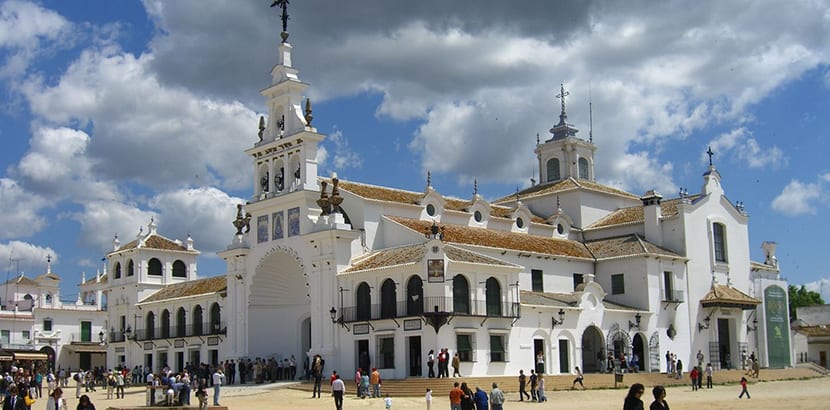
If you are thinking about what to do this summer, a good idea is to go out for a walk. picturesque villages and towns. One of them are in Andalusia and it is very popular. I speak of Dew, an interesting and fun destination that is waiting for you.
Dew is in Almonte, about 55 kilometers from Huelva, and within the towns that make pilgrimages is well known for his own. It is one of the events that attracts tourists and one of its main cultural attractions. Let's get to know it!
Dew
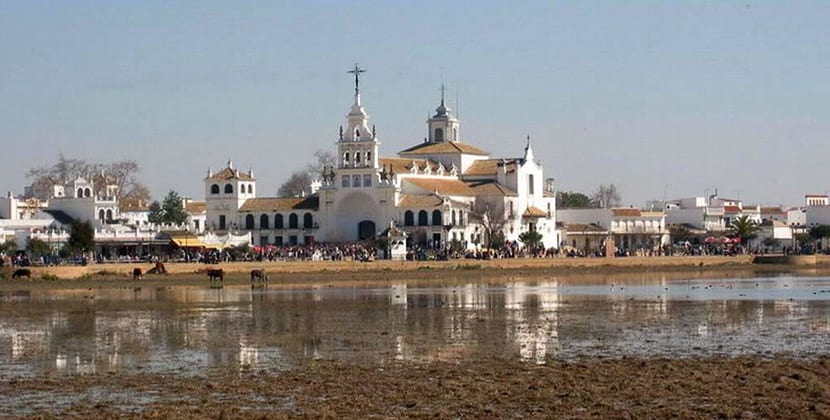
El Rocío is in the community of Andalusia, the most populated in Spain as it concentrates more than eight million inhabitants and also the second largest in the country. Its capital is Seville and Huelva, precisely, is just less than 100 kilometers away. From Huelva, El Rocío is 55 kilometers away so if you are in Seville you can do a day trip.
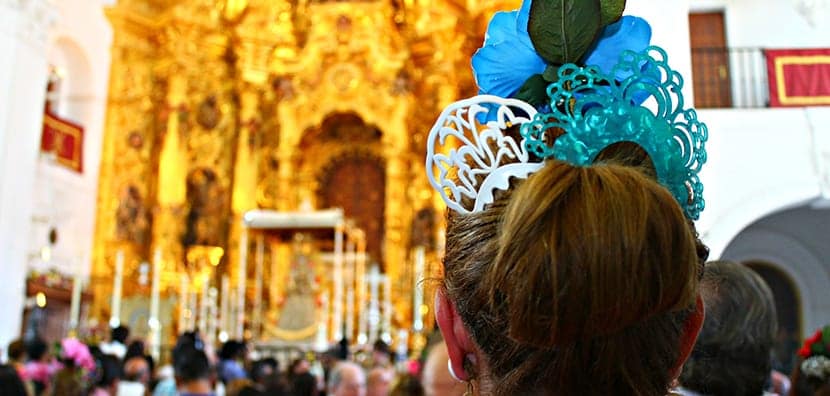
At the same time El Rocío is only 15 kilometers from Matalascañas, another town that for some time has become a tourist center and that is located next to the Doñana National Park. El Rocío is reached by a road near this national park, so from this road there are phenomenal views.
El Rocío is a small town of white houses. Your heart is the Hermitage of the Virgen del Rocío, a virgin who goes by the name of White Dove and that it has many devotees. Indeed, all of them meet in the town once a year in the famous Pilgrimage of the Rocío to pay him devotion. The date falls on the weekend of Pentecost Monday and is a true popular religious holiday.
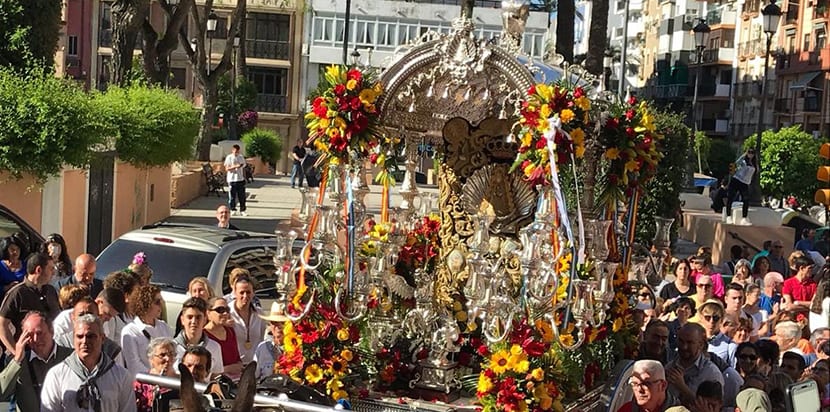
The procession advances in carts on foot, on horseback and in pilgrimages through the national park to the hermitage where it spends the night from Sunday to Monday, the famous "jump of the fence." Then the virgin, the White Dove, leaves her permanent refuge and goes out in procession on the shoulders of the devotees throughout the village. Although the town is rather small This pilgrimage is one of the most popular and attracts the most people from all over Spain.
Now, if you don't go just for the pilgrimage, What else can you do in the village of El Rocío? Well, the hermitage you can always visit it, of course. It is Andalusian in style, like a cotijo, and has a huge iron cross at the top. Inside he guards with zeal a baroque altarpiece with the image of the Virgin, patron in turn of all Andalusia.

It is a XNUMXth century carving in Gothic style that underwent a transformation four centuries later. Then they dressed her in luxurious fabrics, as if she were part of the Austrian courts: a lace cloak, bell-shaped skirt, and tight sleeves. It is worth going in and seeing it up close, of course.
Meanwhile in the surroundings of the hermitage you can walk the Paseo Marismeño (in front of the temple, really), or also the Acebuchal Square with its centenary, huge and beautiful olive tree.
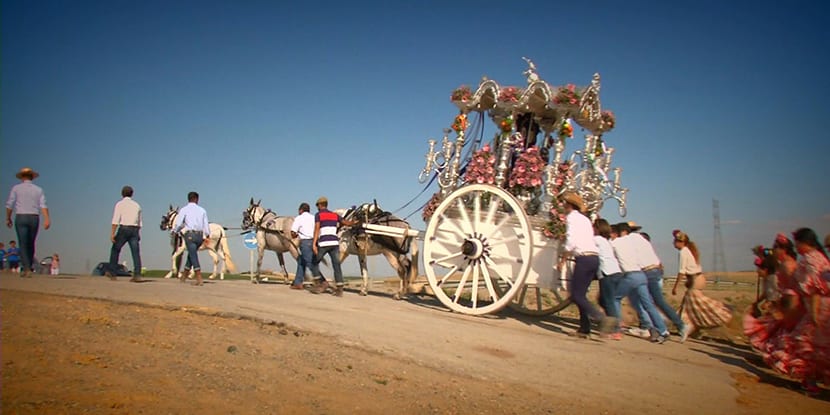
Before entering the Rocío is the Ajolí Bridge or King's Bridge which is where during the pilgrimages the Simpecados pass by. On the road of the same bridge you will see the plaques that remember the names of the Rocieras Brotherhoods, old groups of the town and neighboring towns that participate in the pilgrimages and historically they were in charge of spreading the devotion to the Virgin.
On the other hand the village itself is very picturesque and walking is mandatory. The little houses are small and white and the streets have albero, that land that also covers the bullrings of the bullrings. Many of the houses function as restaurants or small shops where you can buy souvenirs such as a typical gypsy costume or some religious image.
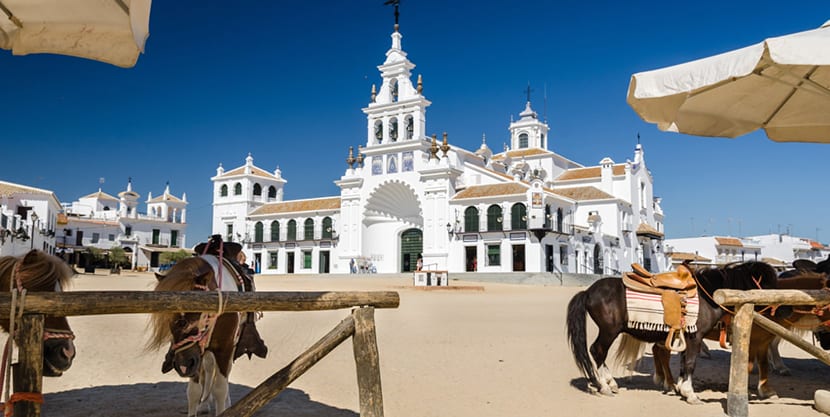
And finally, in the surroundings of the village the landscapes are really beautiful so they are ideal for outdoor activities such as hiking or horseback riding. In fact, equestrian activities are the order of the day and El Rocío also holds the title of International Horse Village so you can get an idea of how important this animal is in the area.
You will see horses, mares and foals grazing everywhere throughout the year. If you go in the pilgrimage you will see many, and also if you go on June 26, which is when a traditional event known as "Saca de mares".
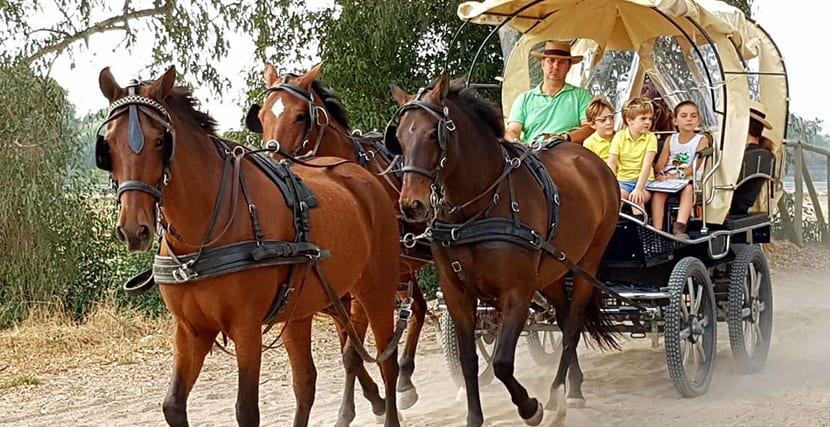
And of course, El Rocío has next to the fantastic Doñana national park so it is a place to venture between pine forests, a lot of regional vegetation and the traditional paths that the Brotherhoods follow during the pilgrimage.
In fact, there are four paths that are made at that party: one is the sevillian way, which is the one used by the Brotherhoods that come from the world and the rest of Spain, the other is the Sanlúcar road, which is the one that crosses the Doñana National Park, there is also the Moguer road arriving from Huelva and finally the road of the plains coming from Almonte.
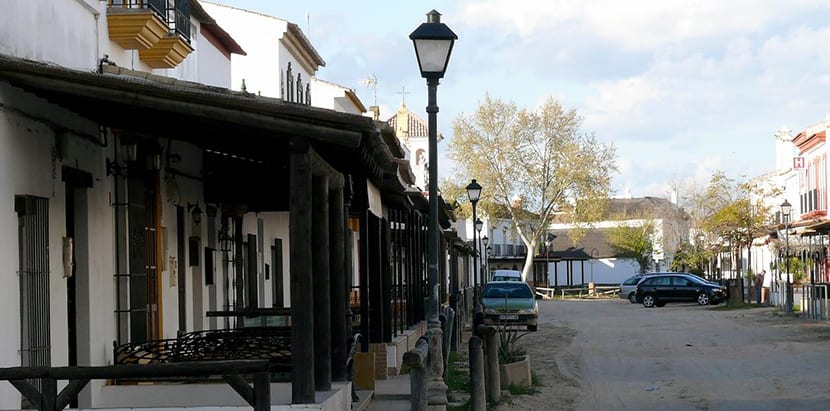
The truth is that Dew It has a centuries-old history, of many changes, and today it is no longer a small town barely known in the middle of a wonderful nature. Today is a religious tourist destination, in the pilgrimage, but also weekend classic the rest of the year. It has managed to preserve, despite the centuries, some of its original features such as the little houses, the sandy streets or the open squares, but today it also has restaurants and hotels ... and yes, many visitors too.